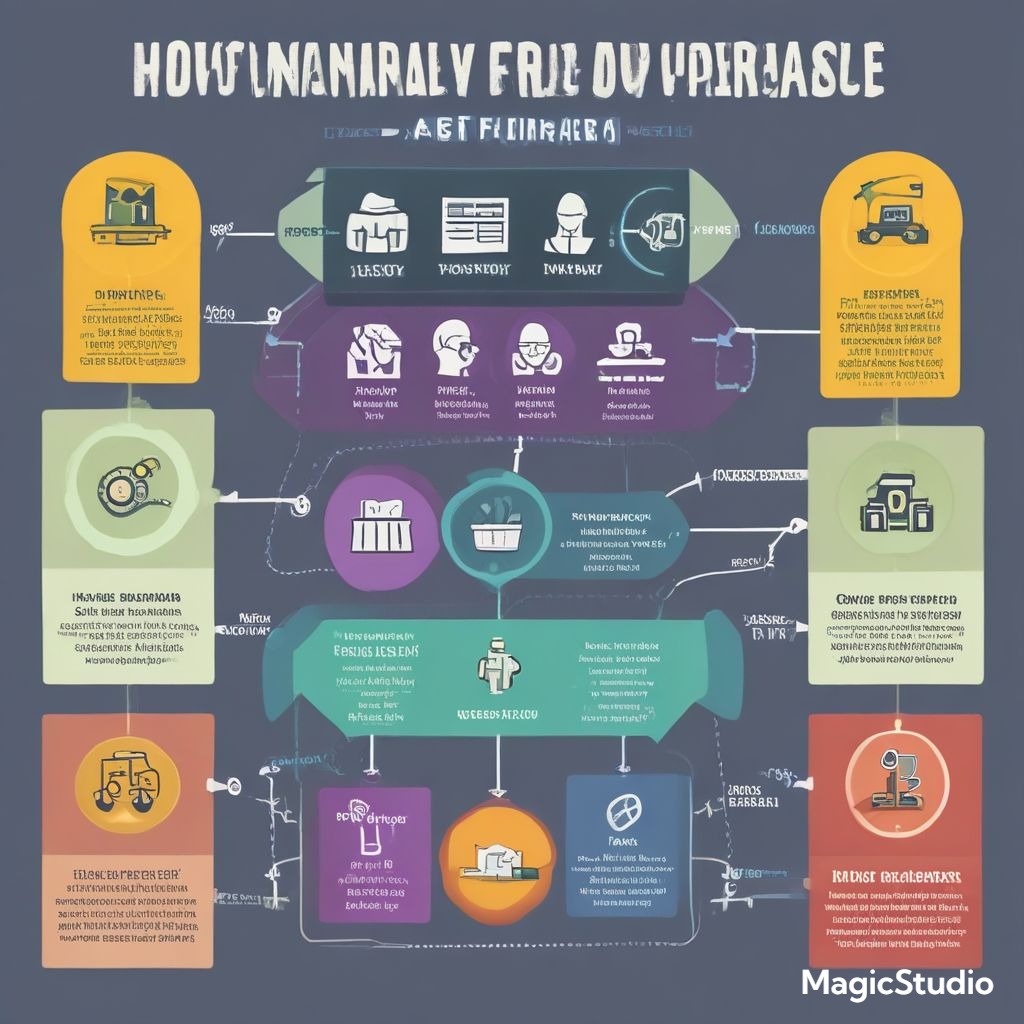In today’s fast-paced world, making significant purchases—whether it’s a new car, a home, or a luxury vacation—requires careful financial planning and strategic preparation. Understanding how to navigate these expenses can not only save you money but also provide peace of mind as you invest in your future. This blog post will delve into actionable tips to prepare financially for a major purchase, ensuring you make informed decisions and secure your financial wellbeing.
1. Define Your Purchase Goals
Before diving into financial preparations, clarify your purchasing goals. Ask yourself the following questions:
- What am I buying?
- Why do I need it?
- When do I plan to make the purchase?
- How much can I afford to spend?
Defining your goals helps create a focused plan that aligns with your financial situation and long-term objectives.
2. Create a Detailed Budget
A well-structured budget is the backbone of financial planning. Follow these steps to create an effective budget:
- List All Income Sources: Document all your income streams, including salary, bonuses, and side hustles.
- Track Your Expenses: Analyze your monthly expenses to identify areas where you can cut back. Tools like budgeting apps can streamline this process.
- Allocate Funds for the Purchase: Designate a portion of your budget specifically for the upcoming purchase. Ensure this allocation does not compromise your essential expenses and savings.
3. Research and Set a Target Amount
Understanding the total cost of your desired purchase is crucial. Research similar items to determine an average price, considering factors such as:
- Market Trends: Are prices likely to rise or fall?
- Additional Costs: Include taxes, insurance, and maintenance in your calculations.
- Financing Options: Investigate loans or payment plans, and compare interest rates from various lenders.
Setting a target amount provides a clear financial goal, enabling you to save effectively.
4. Build an Emergency Fund
Before making a major purchase, it’s wise to ensure your emergency fund is intact. This fund serves as a financial safety net for unexpected expenses. Aim to save three to six months’ worth of living expenses to maintain stability during times of uncertainty.
5. Consider Financing Options
If your purchase exceeds your immediate budget, explore financing options:
- Personal Loans: Research lenders for competitive interest rates and terms.
- Credit Cards: Some cards offer rewards or cashback on large purchases, but be cautious of high-interest rates.
- Layaway Plans: Certain retailers offer layaway options that allow you to pay in installments without incurring interest.
Always compare financing options to find the most cost-effective solution for your needs.
6. Save Strategically
Once you have a target amount, develop a savings strategy:
- Open a High-Interest Savings Account: Maximize your savings by choosing accounts with higher interest rates.
- Automate Savings: Set up automatic transfers to your savings account each month. Treat savings like a recurring expense to encourage consistent contributions.
- Cut Unnecessary Expenses: Identify non-essential expenditures in your budget and redirect those funds toward your savings goal.
7. Stay Disciplined and Monitor Progress
Staying disciplined throughout your savings journey is vital. Regularly review your budget and savings progress:
- Set Milestones: Break your savings goal into smaller milestones to keep motivation high.
- Adjust as Necessary: If your financial situation changes, be prepared to adjust your budget and savings plan accordingly.
8. Evaluate the Purchase Before Committing
Before making the final purchase, evaluate your readiness:
- Affordability: Ensure you can comfortably afford the purchase without sacrificing your financial health.
- Needs vs. Wants: Reassess whether the item aligns with your long-term goals and values. Is it truly necessary?
9. Seek Professional Advice if Needed
If the purchase is substantial or complex, consider consulting a financial advisor. They can provide personalized guidance tailored to your situation, helping you navigate potential pitfalls.
